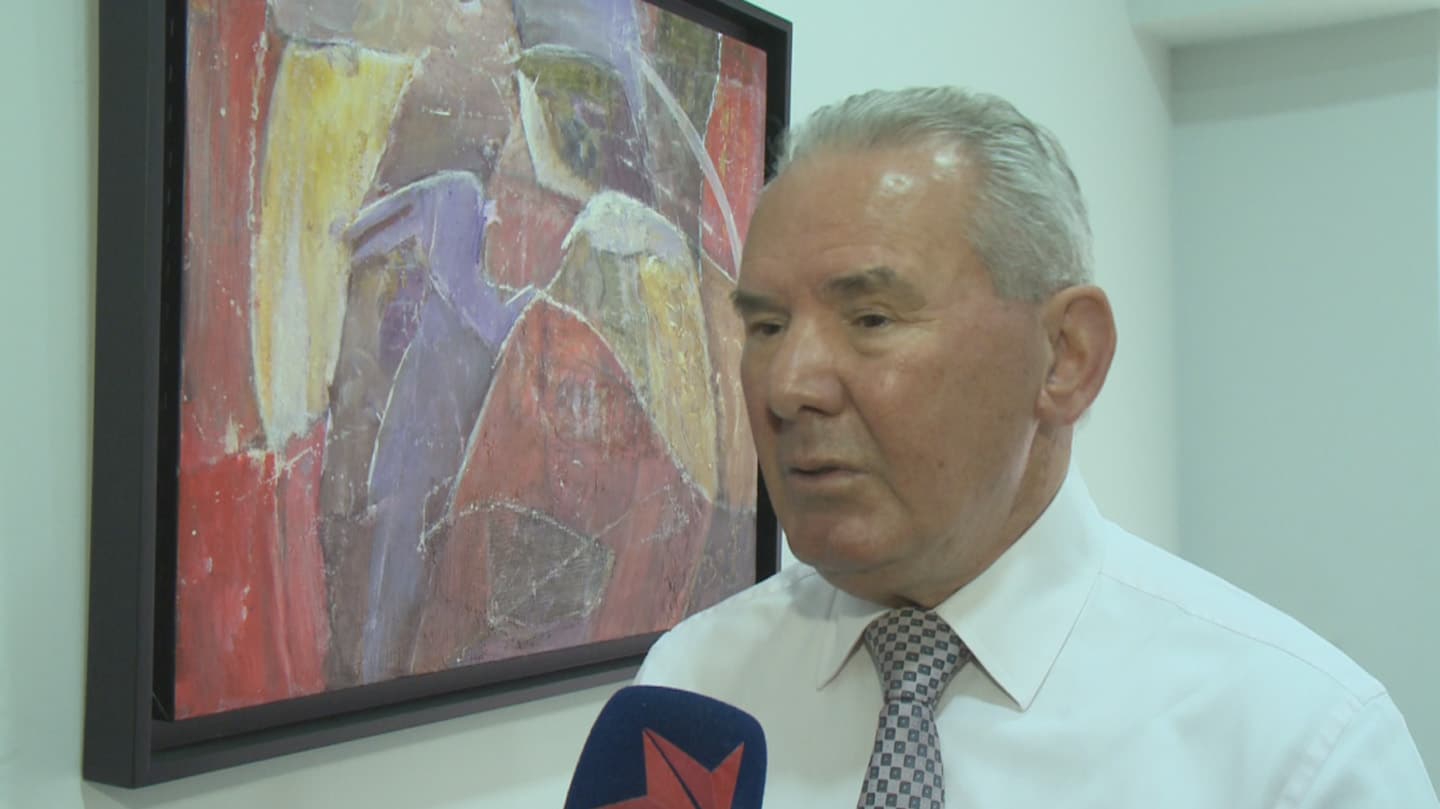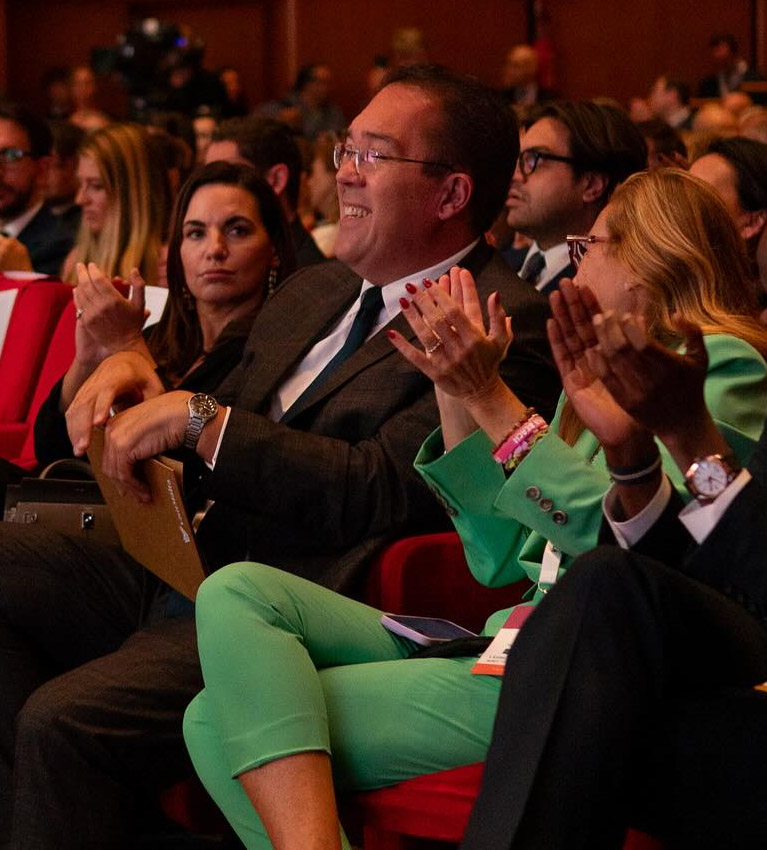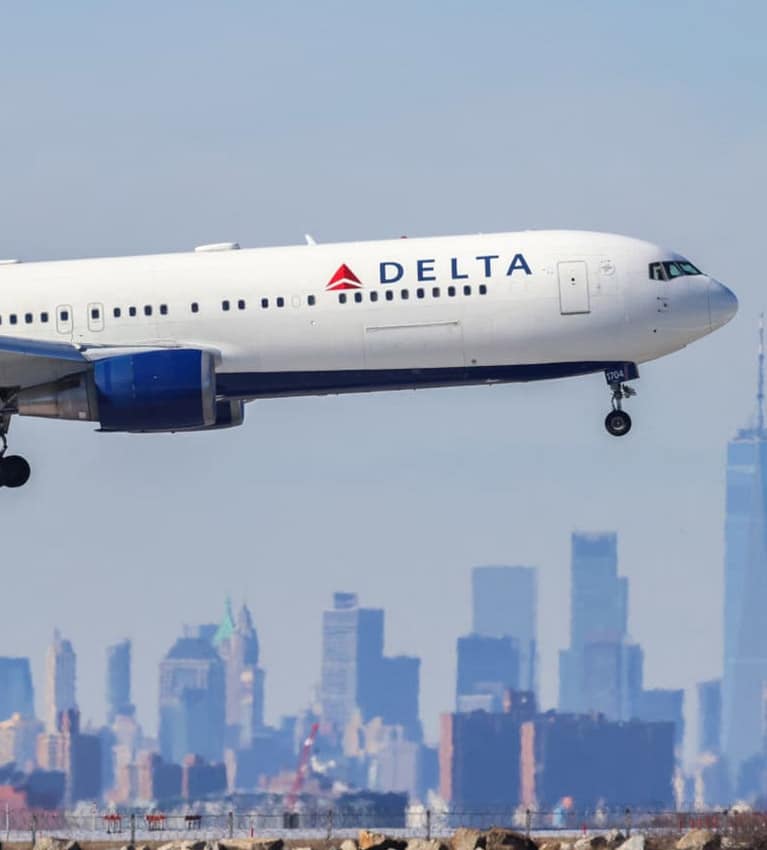
The 2023 WRMC Restaurants Quality Recognition Awards
June 7, 2023
Food Photography by Clint Scerri Harkins
June 12, 2023

Tony Zahra
President – MHRA
Added: 10 June 2023
2022 arrived with connectivity at its lowest level, and rightly so, as it was near to impossible for visitors to come to Malta satisfying all the COVID health requirements in force at the time – especially given that these requirements seemed to change by the day and by the countries from which the traveller originated. Airlines reacted by cutting down on connectivity and Malta was no exception.
In April 2022, most of the health restrictions were more or less lifted and the airlines (like most others in hospitality) experienced a massive and immediate uptake. This brought its own challenges – from an industry working at crawling speed it moved to high gear instantly and everyone had their own particular problems; but the problem that ran through all the airline and hospitality industry was Human Resources. Everyone needed more Human Resources immediately.
In spite of these difficulties with connectivity, Malta finished the year with about 84% of the record arrivals of 2019 and this was somewhat better than anticipated. Seat utilization on the aircraft to Malta was higher than in 2019 thus giving us a better number of arrivals for the same number of aircraft than we had in 2019.
We were all looking for 2023 with good anticipation that the number of seats to Malta would reach the number of seats on the market for 2019 – 2019 has become the benchmark given it was the best year for tourist arrivals to Malta. Unfortunately the airlines have all gone through two very difficult and loss making years (2020 and 2021) and all are trying to recoup some of those losses by flying routes that are guaranteed to make money.
No one seems to want to take risks on putting capacity which could fly unprofitably until the route develops and that includes our own national airline which has faced its own problems for many years now. It now is clear that the same number of seats that we had in 2022 will be on the market for 2023 but in ‘23 we shall have the added January – March months in operation whereas we did not have these in ‘22. So we should have a better year in terms of arrivals compared to 2022.
Consequently, when preparing forecasts for occupancy levels in hotels or self catering, one has to bear in mind that the air seat capacity is what it is and since 99% of tourists to Malta arrive by air there is little chance of improving on arrivals – unless Malta manages to convince airlines to put on more capacity for the summer. With a number of hotels that were being refurbished coming on stream and other new ones opening, quality accommodation should not be a bottleneck for arrivals.
So what can be done to improve further and convince those airlines to put more capacity? We must firstly ensure that those that are arriving in Malta are having a great time – the bigger the demand the more chances we have of encouraging airlines to put capacity to Malta. Together with our partner-stakeholders MTA, the Minister for Tourism and MIA we shall continue to lobby airlines to put seat capacity to Malta. As explained, this is not an easy task, but we have to continue offering our business preposition to the airlines – and if our island is in demand the job will be easier to convince airlines to put capacity up; if not for ‘23 at least for ‘24.
Malta’s hospitality industry remains resilient – we have excellent stakeholder collaboration between MHRA and government entities, and we are confident that we can steer the industry to further successes in the future.



